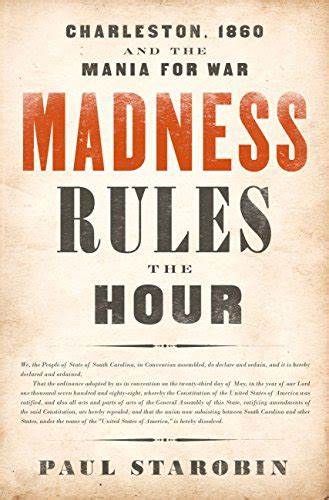Napoleon’s empire reached its zenith during the years 1805-1810. During these years, he won his greatest military victories and France’s territorial grasp stretched across most of Europe. Underneath these successes, however, were signs that perhaps Napoleon’s aura of invincibility was fading. Author Michael Broers describes these years in the second of his three-volume analysis of the French emperor with Napoleon, The Spirit of the Age: 1805-1810.
Broers first volume, Napoleon, Solider of Destiny, charted the Corsican upstart from his birth through 1805. It was a solid accounting of the famed general, but lacked the excitement and drama that any narrative of Napoleon deserves. This second volume traces Napoleon’s expansion of his empire by concisely explaining the politics and intrigue of the era and also providing a much-more thrilling account of his military exploits, correcting a flaw in the author’s earlier volume.
Napoleon’s military campaigns are explained in great detail and with consummate skill. Broers starts with Napoleon’s defeat of the Austrian and Russian coalition with victories at Ulm and of course Austerlitz, still considered Napoleon’s greatest triumph. The author excels in not only describing the famed battle, but also with his narrative of the night before, a night Napoleon called one of the finest evenings of his life. From here, Broers goes on to describe Napoleon wrecking the once proud Prussian empire at Jena and Auerstadt. By 1806, Napoleon seemed invincible. It was around this time that German Philosopher Georg Wilhelm Freidrich Hagel described viewing Napoleon on horseback; a “wonderful sensation to see such an individual, who, concentrated here at a single point, astride a horse, reaches out over the world and masters it . . . The spirit of the age, who commands history.” And with Austria and Prussia having been defeated, and being unable to reach the hated British, he set his sight on attacking the Russians. At this point, chinks in the armor first appeared.
The battle of Eylau, fought in a blizzard in February 1807, changed everything. Napoleon always sought a conclusive battle to force his opponent to the negotiating table, but here, he failed to achieve one. Russian forces abandoned the field but were not defeated. Broers describes how the slaughter was a major shock to Napoleon who was also forced to retreat to gather supplies. He wrote one of his marshals that “The Russians have done us great harm,” which was the truth hidden underneath the emperor’s vast propaganda machine. Napoleon was eventually able to secure a meaningful victory a few months later at Friedland which finally drove Czar Alexander to the famed meeting at Tilsit.
Napoleon dreamed of a Europe divided into two spheres of influence: French and Russian. He hoped these goals were fulfilled during the meetings at Tilsit with Alexander and temporarily, they were. For instance, the Czar agreed to participate in Napoleon’s continental blockade. With this peace with Russia, Napoleon hoped there could be peace for him to simply rule his empire. He would be mistaken, however, as new challenges and problems developed.
First of all, he failed to get matters under control on the Iberian Peninsula. Napoleon sought to overwhelm Britian’s ally Portugal and better enforce the blockade. To do so, he needed Spain brought under his heel. Spain rose up against him and his brother Jospeh who he put upon the throne. Napoleon had finally gone too far. The “Spanish Ulcer” would put a serious drain on Napoleon for the remainder of his rule. Next, the Austrians rose up again in 1809 and Napoleon suffered a rare loss at Aspern-Essling before winning at bloodbath at Wagram. Third, his placement of his family in key leadership positions failed as siblings such as Joseph (Spain) and Louis (Holland) failed to meet his expectations. Fourth, he completely broke with the Catholic Church in Rome, straining issues on the religious front. Next, he dismissed many of his long-term leaders such as Minister Charles Talleyrand and police head Joseph Fouché. And finally, he finally divorced his wife and confidante Josephine due to her inability to produce an heir. He wanted a Russian princess but had to settle for an Austrian one instead.
Through nearly 500 pages of text, Broers weaves the reader between all these events in Napoleon’s life. His pace and narrative hold the reader in place as the reader becomes engaged with these crucial years of Napoleon’s reign. As the author recounts, Napoleon won his victories and expanded his empire, but at quite a cost. The Grande Armée had lost too many of its best soldiers and leaders and Napoleon’s siblings could never meet his expectations, severely damaging his chances of controlling Europe through his family dynasty. Napoleon desperately sought an heir who could inherit his empire, but would there be an empire left? Britain remained a vigilant foe, eager to fund allied countries in their chance at revenge and Russia and Czar Alexander would never become a true ally. Broers’s third volume awaits my reading, where I hope to see how he describes the emperor’s fall and the end of an empire.
CPW





